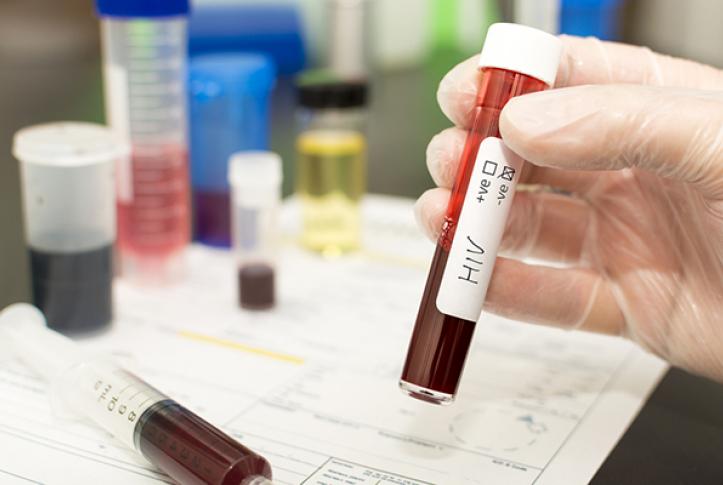President Trump has said he hopes to stop the spread of HIV in 10 years. His 2020 budget calls for $291 million in new funding targeted to portions of 26 states, Washington, D.C., and Puerto Rico that account for a disproportionate percentage of new HIV infections and people living with HIV.
But there’s no way to end HIV if we take health insurance away from people living with the disease and disregard one of our most powerful tools for ending its spread. Unfortunately, the President’s budget does exactly that by cutting $1.5 trillion dollars from the Medicaid program, which provides health insurance to four of 10 people receiving HIV treatment.
The policy disconnect is palpable. In an article describing the initiative published in the Journal of the American Medical Association, senior administration officials — not including the administrator of the Centers for Medicare and Medicaid Services (CMS) — described the initiative’s “four pillars” of early detection, rapid treatment, expanded use of pre-exposure prophylaxis to prevent new infections, and rapid detection and response to emerging HIV infection clusters. The letter is silent on the role of Medicaid in providing this treatment, even though vital but much smaller programs, such as the Ryan White CARE Act, are mentioned. Without Medicaid, there simply is no way to keep the proposed initiative going over the time it will take to achieve fundamental changes in access to care.
Already, many low-income people living with HIV lack access to treatment. Among the 26 target states in the president’s initiative, 10 have not implemented the Medicaid expansion for all low-income adults; indeed, in nine of these 10 states, adults must have incomes below 50 percent of the federal poverty level to qualify. An additional 2 million people would be covered were these states to expand eligibility.
Furthermore, 10 of the target states have approved or pending Medicaid experiments to restrict eligibility through work requirements, higher premiums, and extended lock-out periods for people unable to satisfy new requirements. CMS has specified no exemption from approved experiments for people with — or at risk of contracting — HIV. As we are learning from the Arkansas experiment, these work requirements could cause tens of thousands to lose coverage.
Medicaid is vital both because gives patients access to life-sustaining treatment and because it gives health providers the resources they need to respond to this crisis. For example, Medicaid is the single largest funder of community health centers, which serve more than one of five people diagnosed with HIV and receiving treatment for their condition. Because health centers operate in the most at-risk rural and urban communities, they will be especially important in reaching the estimated 1.1 million people who could benefit from pre-exposure prophylaxis but are not taking this daily pill for prevention. But if the health centers’ HIV patients remain uninsured, these providers will be unable to do more than put a dent in the problem with the $50 million they receive through a “set-aside” the administration may allocate from the Community Health Center Fund.
HIV is a concentrated epidemic, hitting the most vulnerable populations the hardest. To address it, we will need a strong Medicaid program, the most important tool available to sustainably support the administration’s own HIV initiative’s goals.






